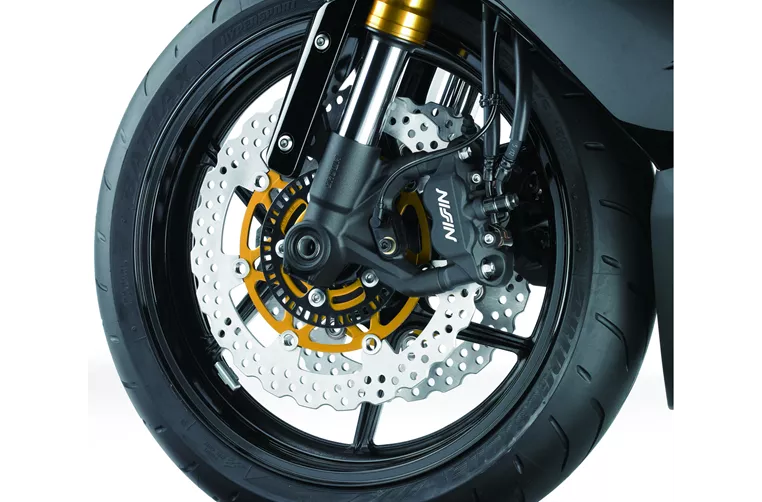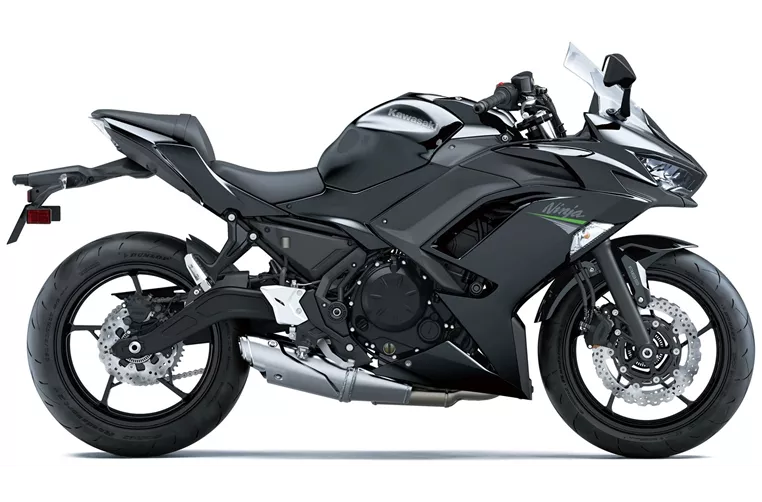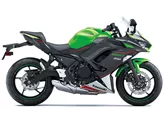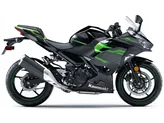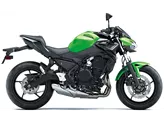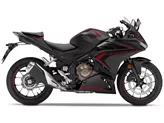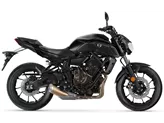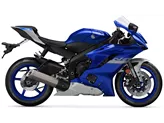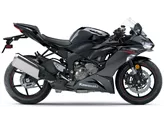Kawasaki Ninja ZX-6R 636 2013 vs. Kawasaki Ninja 650 2020

Kawasaki Ninja ZX-6R 636 2013
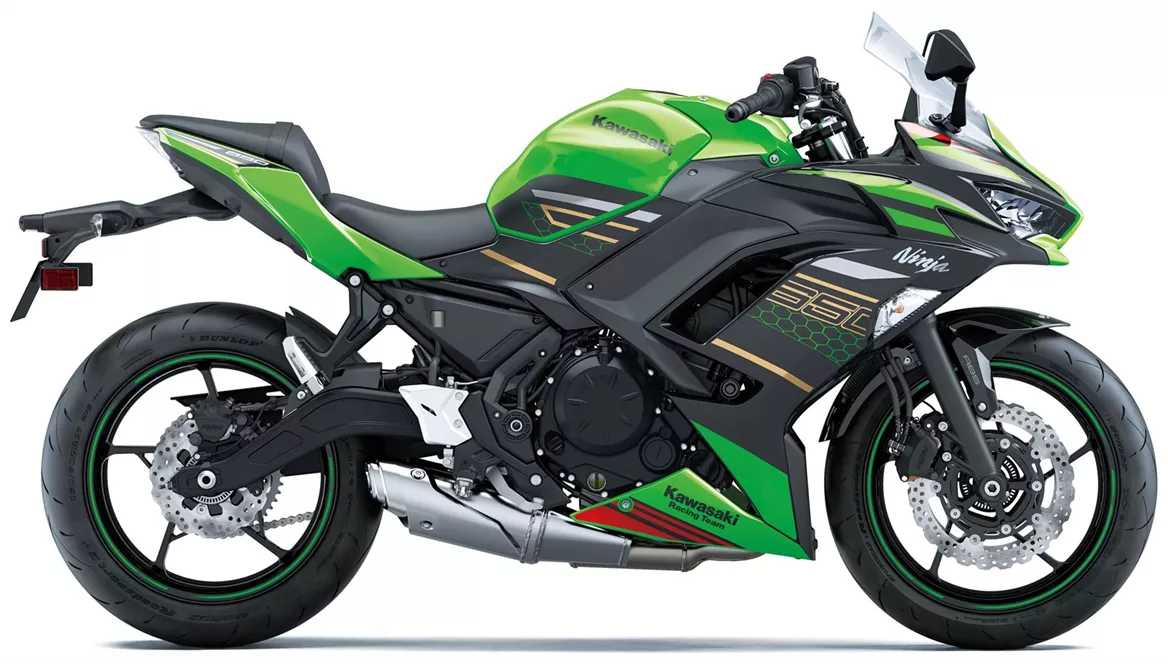
Kawasaki Ninja 650 2020
Visão geral - Kawasaki Ninja ZX-6R 636 2013 vs Kawasaki Ninja 650 2020
The Kawasaki Ninja ZX-6R 636 2013 and the Kawasaki Ninja 650 2020 are both popular models from Kawasaki, but they have some key differences in terms of technical specifications and strengths.
Starting with the technical specifications, the Kawasaki Ninja ZX-6R 636 2013 is equipped with an inline four-cylinder engine with a displacement of 636cc. It has a power output of 131 HP and a torque of 71 Nm. The engine has a compression ratio of 12.9 and features a four-stroke design. The suspension system includes a telescopic fork at the front and adjustable compression, preload, and rebound settings at the rear. The frame is made of aluminum and the bike has dual disc brakes at the front. It also features advanced rider assistance systems such as traction control.
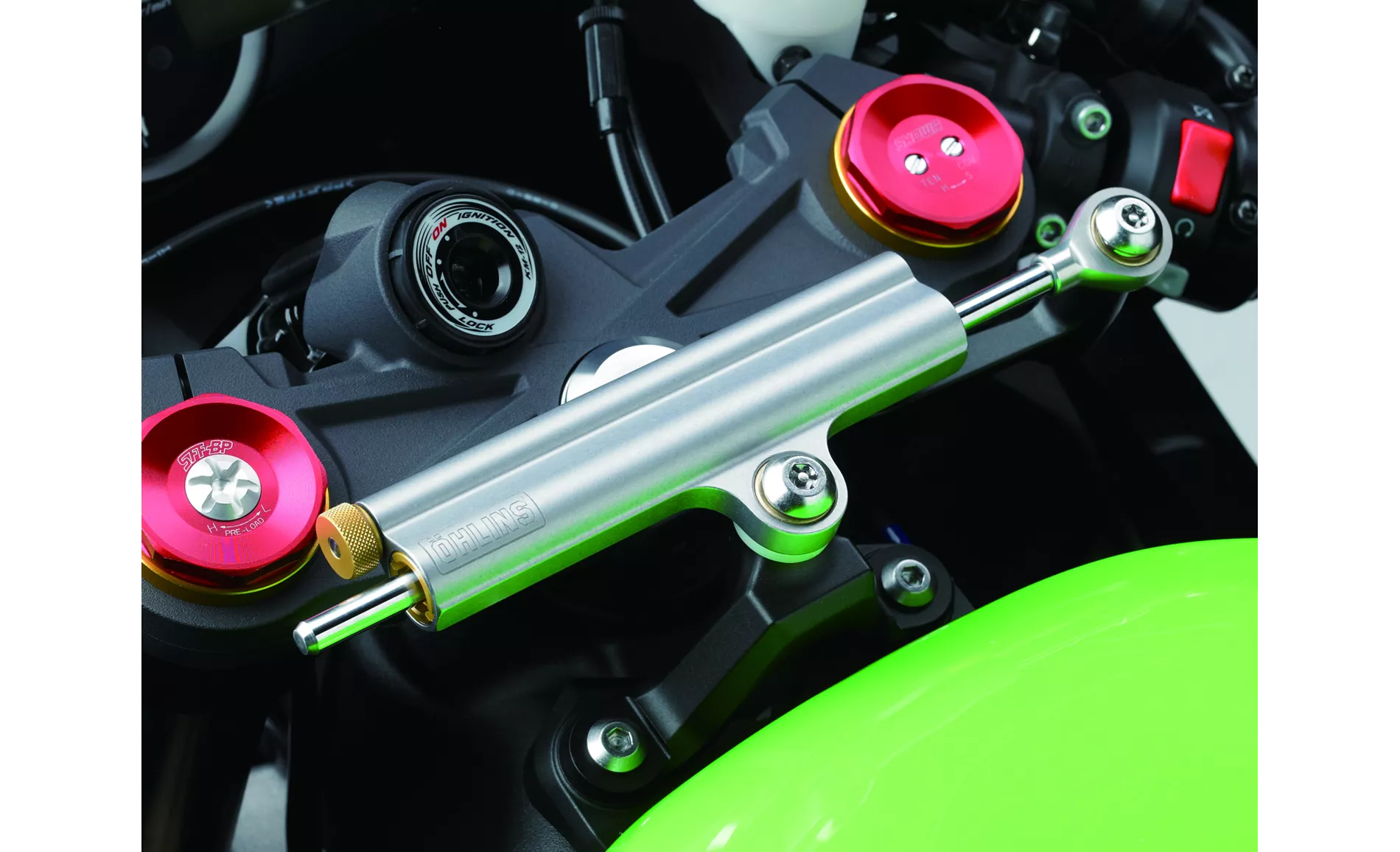
Kawasaki Ninja ZX-6R 636 2013
On the other hand, the Kawasaki Ninja 650 2020 is powered by an inline twin-cylinder engine with a displacement of 649cc. It has a power output of 68.2 HP and a torque of 65.7 Nm. The engine has a compression ratio of 10.8 and also features a four-stroke design. The suspension system includes a telescopic fork at the front and adjustable preload settings at the rear. The frame is made of steel and the bike has dual disc brakes at the front. It is equipped with ABS as a rider assistance system.
In terms of dimensions and weights, the Kawasaki Ninja ZX-6R 636 2013 has a wider front tire (120mm) compared to the Kawasaki Ninja 650 2020 (120mm). However, the Ninja 650 has a wider rear tire (160mm) compared to the ZX-6R 636 (180mm). The Ninja 650 also has a slightly longer wheelbase (1410mm) compared to the ZX-6R 636 (1395mm). The seat height of the Ninja 650 is lower (790mm) compared to the ZX-6R 636 (830mm). Both bikes have a similar weight, with the Ninja 650 weighing 193kg (with ABS) and the ZX-6R 636 weighing 194kg (with ABS). The fuel tank capacity of the Ninja 650 is slightly smaller (15 liters) compared to the ZX-6R 636 (17 liters).
Moving on to the strengths of each bike, the Kawasaki Ninja ZX-6R 636 2013 is praised for its improved geometry, comfortable seating position, good handling, and uncompromising reliability. On the other hand, the Kawasaki Ninja 650 2020 is appreciated for being one of the last models of its kind, having a powerful twin-cylinder engine, a comfortable seat suitable for long rides, compact dimensions, an appropriate seat height for beginners, a stable chassis, a TFT screen with connectivity, and a sporty appearance.
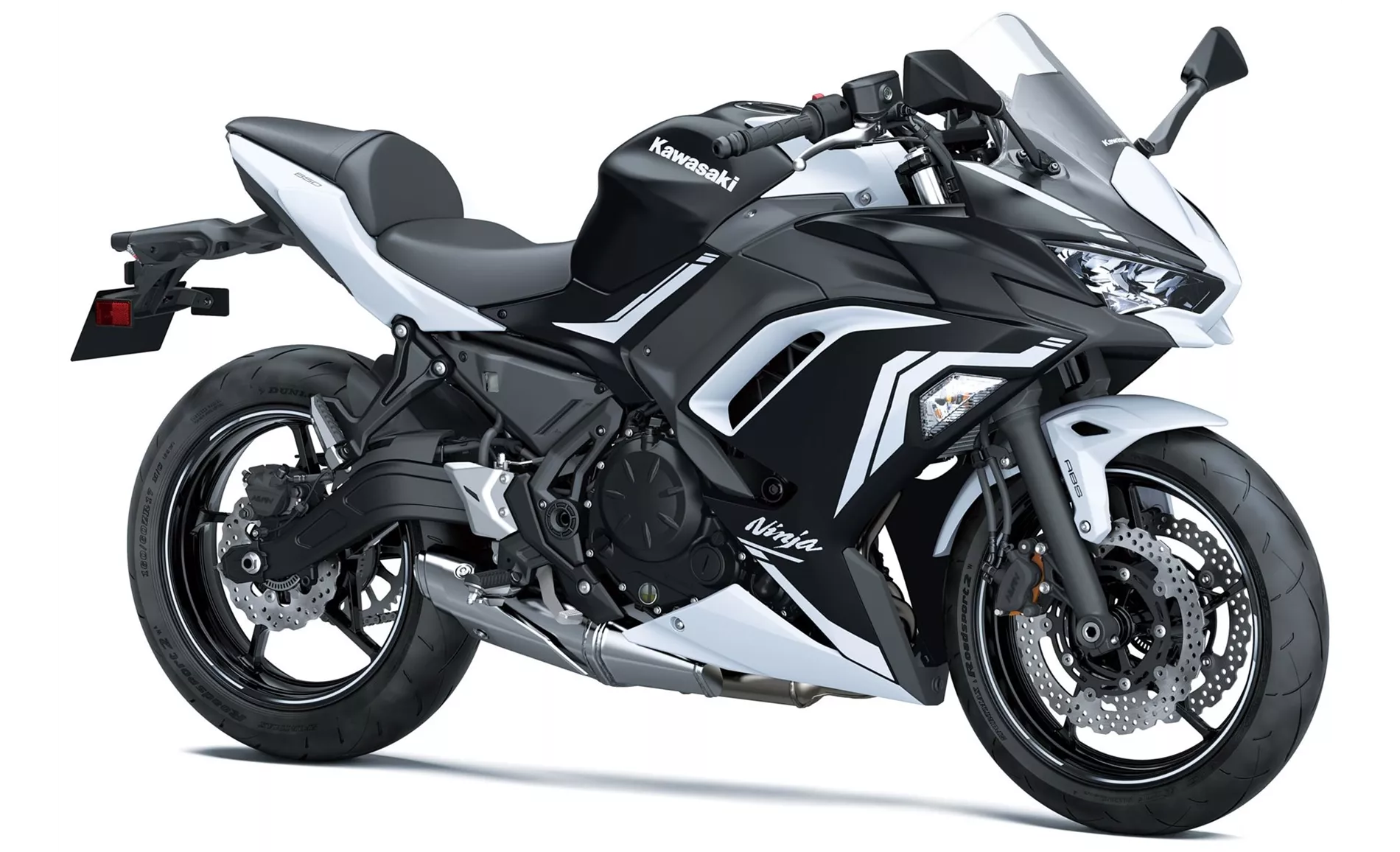
Kawasaki Ninja 650 2020
However, both bikes also have their weaknesses. The Kawasaki Ninja ZX-6R 636 2013 is criticized for its high purchase price, which may be a deterrent for some buyers. On the other hand, the Kawasaki Ninja 650 2020 is considered to be overall too delicate for tall riders, has a point of pressure on the front brake, and may not be suitable for two-person trips.
In conclusion, the Kawasaki Ninja ZX-6R 636 2013 and the Kawasaki Ninja 650 2020 have their own strengths and weaknesses. The ZX-6R 636 offers a more powerful engine and advanced rider assistance systems, while the Ninja 650 provides a comfortable riding experience, compact dimensions, and a sporty appearance. Ultimately, the choice between the two will depend on the rider's preferences and priorities.
Especificações técnicas Kawasaki Ninja ZX-6R 636 2013 em comparação com Kawasaki Ninja 650 2020
Prós e contras em comparação
Prós e contras em comparação
Kawasaki Ninja ZX-6R 636 2013

A Kawa convence pelo seu bom comportamento e fiabilidade sem compromissos. Uma mota forte, mas definitivamente não é uma pechincha.
Kawasaki Ninja 650 2020
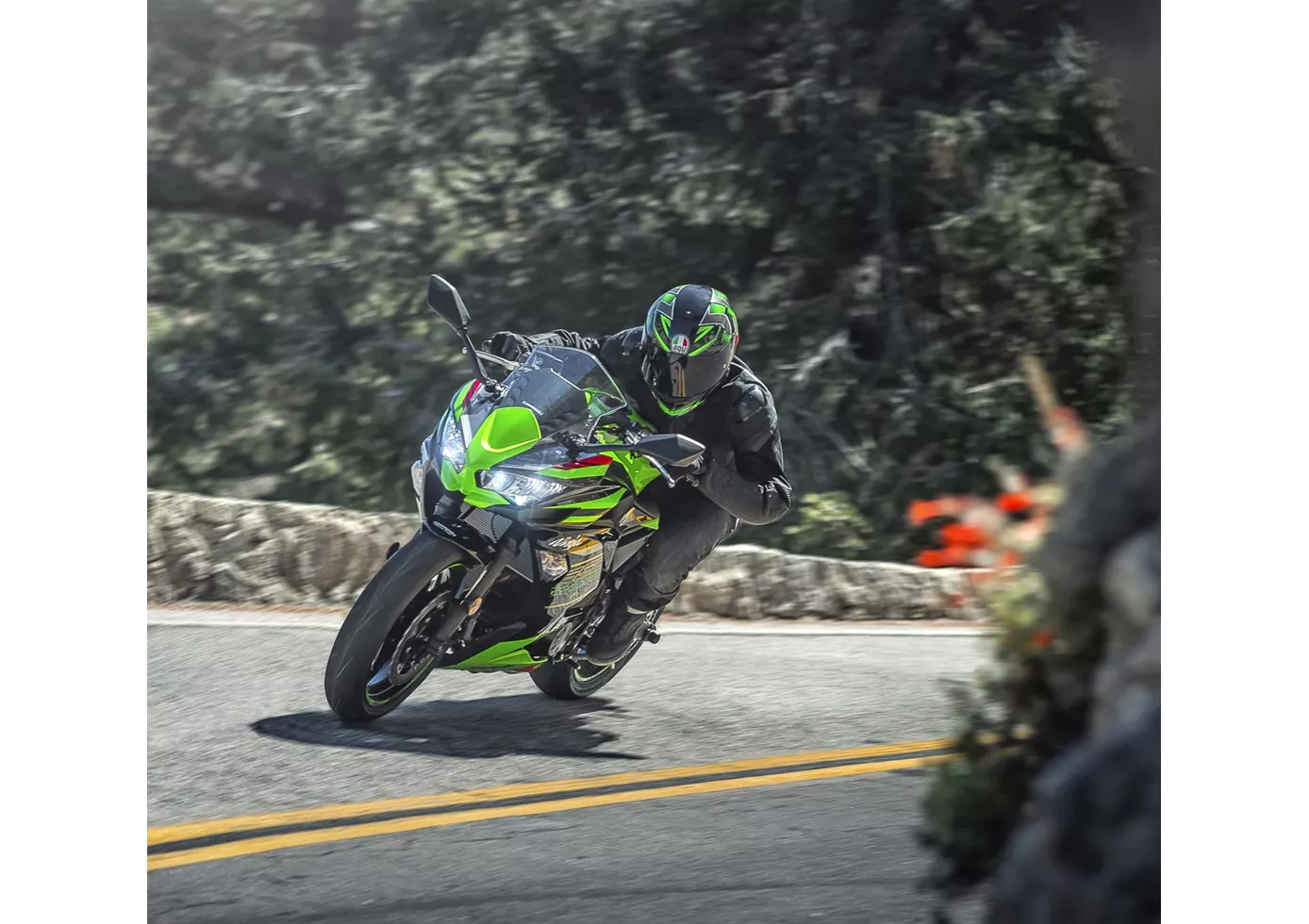
Salve a sport tourer! Com a Ninja 650, a Kawasaki criou uma representante exemplar desta classe e (espera-se) resolveu o problema da nova geração. O chassis estável e os dois cilindros decentes farão as delícias dos principiantes e dos pilotos avançados, mesmo a um ritmo mais acelerado. O travão dianteiro é um pouco bem intencionado demais, faltando-lhe um ponto de pressão transparente, apesar do bom desempenho de travagem. Outra vantagem é o ecrã TFT, que não encontramos na concorrência neste momento, bem como o aspeto adulto, que está fortemente orientado para os modelos Ninja maiores.
Comparação de preços Preço médio de mercado Kawasaki Ninja ZX-6R 636 vs Kawasaki Ninja 650
There are a few key differences between a Kawasaki Ninja ZX-6R 636 2013 and a Kawasaki Ninja 650 2020. It takes less time to sell a Kawasaki Ninja 650 with 75 days compared to 122 days for the Kawasaki Ninja ZX-6R 636. Since model year 2013 1000PS.de editors have written 7 reviews for the Kawasaki Ninja ZX-6R 636 and 20 reviews for the Kawasaki Ninja 650 since model year 2017. The first review for the Kawasaki Ninja ZX-6R 636 was published on 03/12/2012 and now has more than 20 800 views. This compares to more than 79 600 views for the first review on Kawasaki Ninja 650 published on 04/10/2016.
